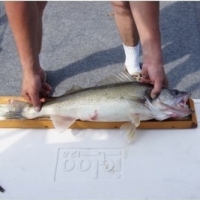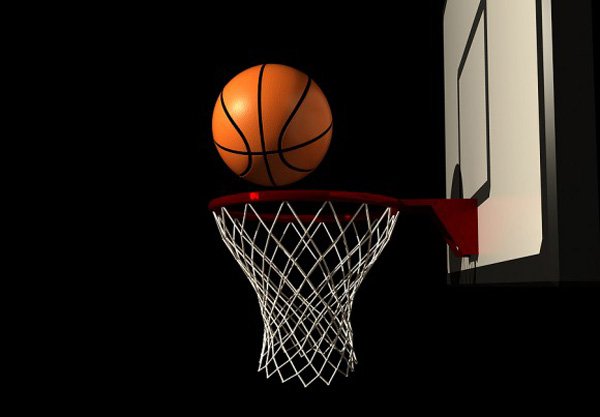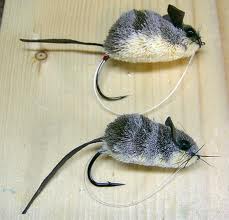Tides - The Key To Good Fishing
It sounds like black magic but a thorough knowledge of tides and their influence on fishing in your area pays big dividends. It's one key to success in salt-water fishing. Charter-boat captains and fishing guides know this and make a close study of tides, currents and their effects on the fishing in their areas.
Many casual salt-water anglers, on the other hand, pay little attention to the tides and currents and then wonder why they don't catch as many fish as the other guy does. Still other anglers realize that tides have some effect upon their fishing, but they do not know why this is so or exactly how tides influence the fishing.
Such anglers often waste precious hours casting, trolling or sinker bouncing when the tide is wrong. But the salt-water angler who knows tides can pick the favorable fishing periods in advance and concentrate his efforts during such times. It means fewer wasted days and more fish on the beach or in the boat.
We won't go into the science of tides here except to mention that tides are caused by the gravitational forces of both the moon and the sun. The moon, being nearer the earth than the sun has the greater influence on the earth's waters.
When the tide rises the water moves toward land and it is then known as the flood tide. When it drops and moves back to sea it is called the ebb tide. The "slack" tide is the period when the tide moves neither way. It takes about 6 hours for the tide to go from low to high and 6 hours from high to low. Every 24 hours the tides occur approximately 50 minutes later.
Tides also vary in the degrees to which they rise or drop. When the moon and sun are on the same side of the earth in a direct line the combined influence causes the highest tides. These are known as the spring tides and occur during the full-moon and new-moon periods. At this time the tides are both higher and lower than usual in a given area. During the first quarter and last quarter phases of the moon the tides do not rise or fall as much. These are known as the neap tides.
Tides are important to all salt-water fishermen, but no group studies them as intensely as the surf anglers. These hard-working men with the long sticks know that tides are vital in surf fishing. Most veteran surf anglers "fish the tides": They go out when they believe a certain stage of the tide is most favorable for the area being fished. Usually they have acquired this information the hard way: through "trial-and-error" fishing of a certain area for many years. They get so they can often predict in advance which tides are best for a given location.
Naturally the novice surf angler fishing a new area doesn't have this information and can't put it to use. However, there are helpful tips and general rules about tides which can be applied to surf fishing. For example, as in boat fishing, a moving tide or current is usually more productive than no tide or current. So you'll find that "slack" water rarely provides good fishing in the surf.
The start of the incoming tide is one of the most productive periods for surf fishing, especially for such gamesters as striped bass, bluefish, weakfish and channel bass. During slack water smaller bait fish often tend to scatter, and with no strong currents they can swim fast and escape the larger fish.
But when the tide starts to move, these small bait fish are at the mercy of the strong currents and rips. Then the stripers and other game fish find them easier to catch. The start of the outgoing tide is also good for the same reason. In fact, the so-called change of tide, whether it occurs at low water or high water, is the time to be down at the beach casting.
A little knowledge of the tides will make a big difference to the success of your fishing!
Allcoast Fishing Plans: A Great Way To Get To Know The Industry
Amazing Fly Fishing Spots In Canada


